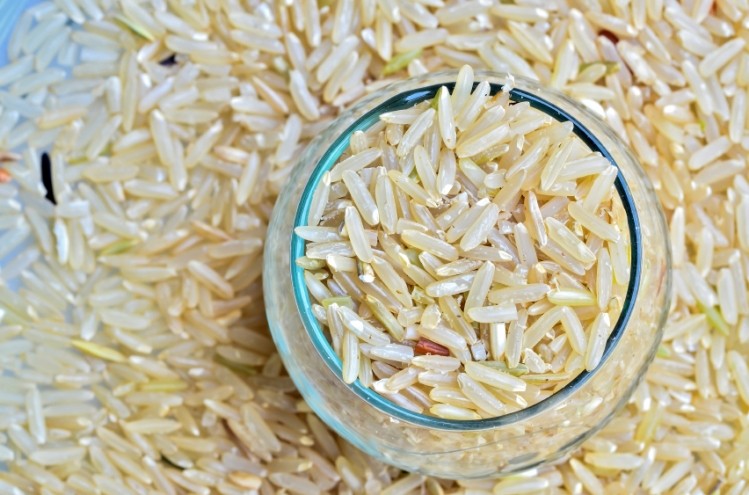Food subsidies may drive child stunting

Around a quarter of all children in the Arab world are stunted, according to data collected by Ifpri, 47% higher than the global trend compared to GDP per capita. In Egypt 30.8% of children are stunted, while GCC countries Oman and Saudi Arabia had rates of 9.8% and 9.3% respectively, also well above the average for their GDP levels. In comparison, Germany sees rates under 2%.
Market distortion
Olivier Ecker, a research fellow at Ifpri, said a number of factors contributed to child stunting, including most importantly poor health infrastructure and poor nutritional knowledge. But widespread food subsidies in the Middle East might also be a significant factor, by working to distort people’s choices around food.
“In Egypt until June 2014, only oil, rice, bread and sugar were subsidised, and at high rates – between 50% and 70% of the market price. So now you have a situation where you artificially lower the price of these unhealthy foods – so you give incentives for people to consume those foods, maybe in higher amounts than they would consume vegetables, and so on,” said Ecker.
“In addition, those prices are fixed, while prices of vegetables and meat vary with the world market price. In the past we had a couple of crises – and you’d see prices vary with those crises. And what you see in the literature is consumers substitute part of those healthy foods with unhealthy foods, just simply to save costs or maintain a certain calorie consumption – even if this is already above their calorie requirements,” he added.
Along with the market distortion effect, Ecker suggested food subsidies could also be diverting funds from other policy initiatives, such as healthcare or direct nutrition programmes.
He said countries which had reduced child stunting rates used up to 15 common interventions, including vaccination campaigns, zinc and vitamin A supplements, and iron fortification. He added that to his knowledge, no country in the Middle East had adopted these interventions at the national level, with the possible exception of some GCC states.
Conflict not a factor
Acknowledging that recent conflicts in the region might drive up child stunting rates, Ecker said the current information dates from before the Arab Spring. He also noted rates in Egypt and Syria were much higher than for far poorer African countries, and that for Egypt, stunting was not linked to inequality, which is relatively low in the country.
“Interestingly, in Egypt, poverty is not highly correlated with child stunting – even in the richest income quintile, the child stunting rate is almost identical to the rate in the lowest quintile. And that is very puzzling – because you can see income and wealth is not the main determinant,” he said.
Along with under-nutrition, Ecker suggested obesity was also a contributor to the problem: “Policy makers need to be made aware of the issue – particularly the double burden where you have high over-nutrition, high obesity rates in Saudi Arabia and Egypt, and at the same time you have the problem of chronic under-nutrition.
“And you may find this in the same household, where you have an obese mother and a stunted child – and you may even find this in the same individual, where you have a child which is too fat, but is short, only eating calorie-rich foods, lacking consumption of healthy food,” he added.

















